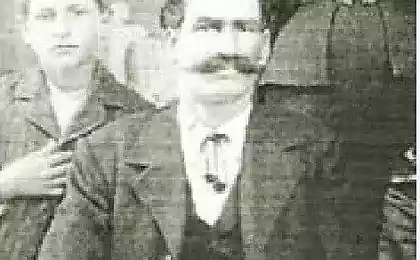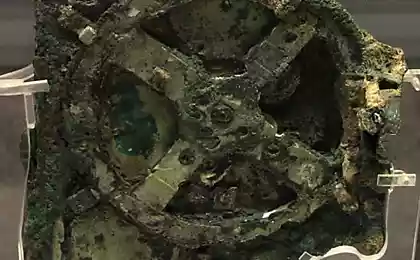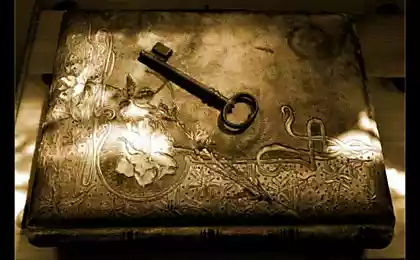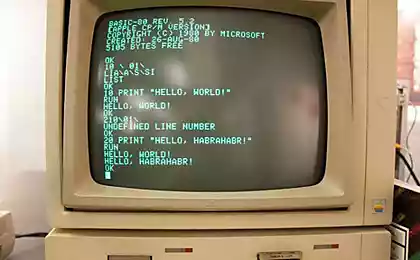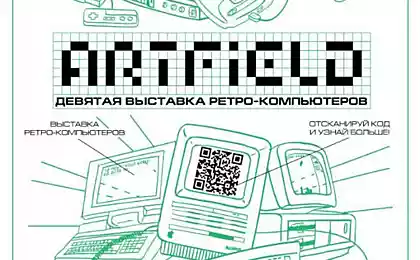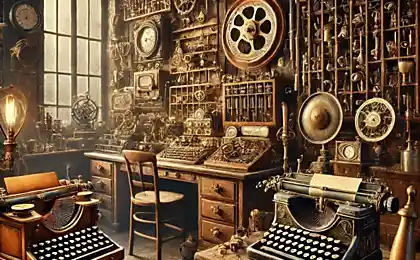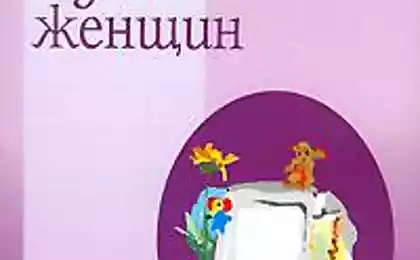880
Antikythera Mechanism - the oldest computer (10 photos)
What you see in the first photo absolutely unusual and fantastic mechanism that came to us from a distant past, which at that time was not even Christianity. Would you like to put it on his own wrist? Of course, he can not take photos or connect to Facebook, but after going through the history of the subject, any writer could create an immortal work, like the Count of Monte Cristo.
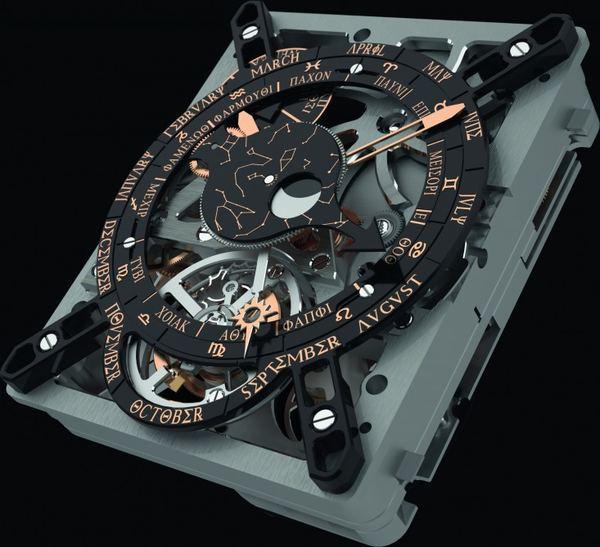
The story began 2,200 years ago with one of the great scientist, and ended at the time of the shipwreck at sea. Jacques Cousteau, the greatest explorer depths of our civilization, named the find - wealth that exceeds in value the Mona Lisa. Such artifacts recovered our consciousness is turned upside down and completely change the picture of the world.
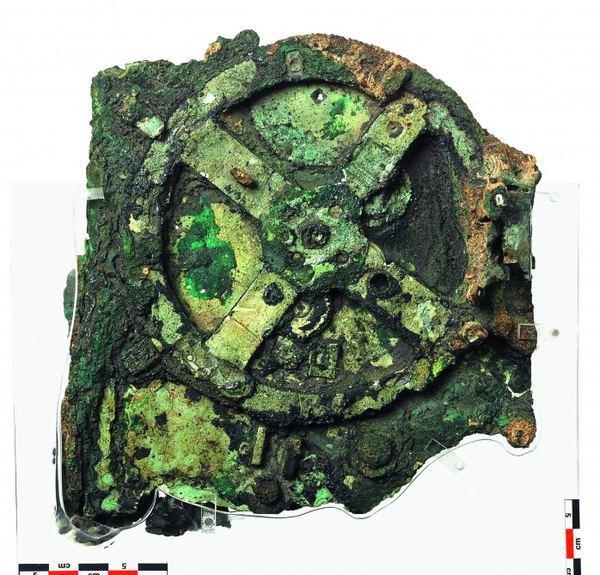
In 1900, Captain Dimitrios Condos returned to Greece from the expedition to North Africa and waited out bad weather north of the island of Crete in the Mediterranean Sea, near the island of Antikythera. Part of his team, he went in search of the sea sponge. One team member Elias Stadiatos, surfacing, said that on the seabed at a depth of 60 meters he saw the wreck, and a huge number of dead horses, which are at different degrees of decay. The captain decided that Elias had been poisoned by carbon dioxide and decided to check it out myself.
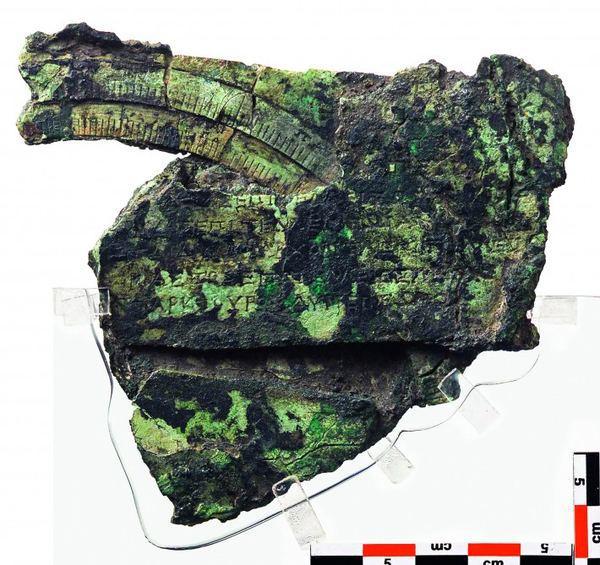
When Condos sank to the bottom, before his eyes appeared a completely fantastic picture. On the site of an ancient sunken ship with a lot of production and treasures were bronze statues, which were covered with centuries-old layer of marine organisms. It is these statues and took the sailor as the bodies of horses. The team collected all they could carry, and went back to Greece, and from there was sent an expedition to the wreck.

The first signs say that the material is raised from the bottom, has an age of more than 2 000 years. During the 2 years it had brought a huge amount of marble and bronze Roman statues, coins and other artifacts. When they began to lay out the findings, one of the pieces fell apart, and the researchers found inside some metal parts.

What did the researchers of that time? Yes, they just put this discovery to the side, because we decided that in the year 100 BC, did not exist such technologies and that this thing is accidentally hit in the ancient collection. Only in 1951 it became interested in the English physicist Derek Price. It found that the mechanism dates from the period between 100 and 300 BC. e. and the most advanced technology of the ancient Greeks.
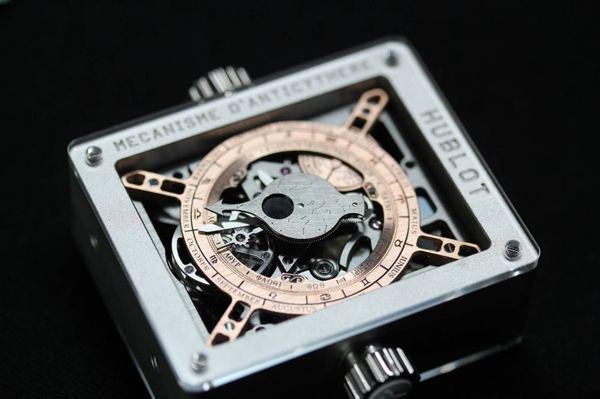
During the 50 years it went painstaking restoration of the ancient machines, consisting of the 82 elements! This system became known as the Antikythera mechanism. In 2005, Hewlett-Packard decoded 95% of inscriptions preserved on the device. Using the equipment of the company X-Tech was done 3D X-ray scan of each piece of machinery.
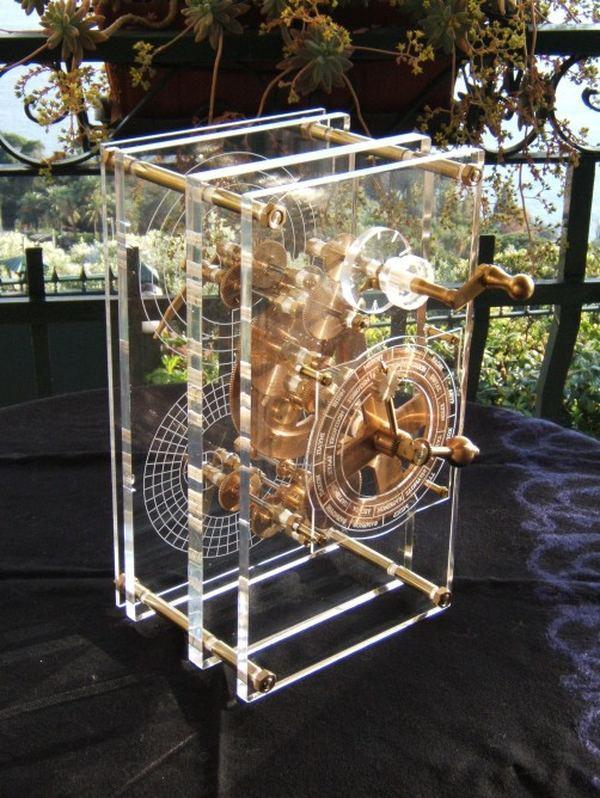
Turns out, it was a kind of ancient analog computer. You can specify any date and device exactly show the position of the sun, moon and five planets that were known to Greek astronomers. Lunar phases, eclipses - all predicted to within a couple of hours, adjusted for leap years.
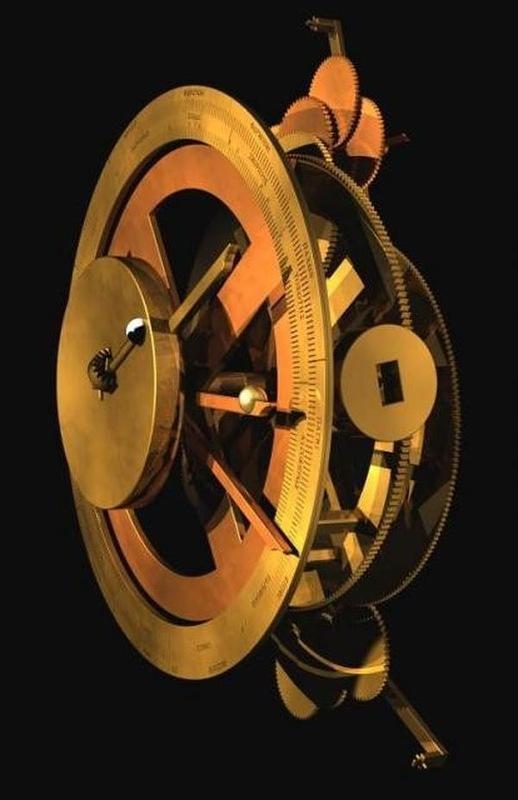
Scientists believe that only one person at the time was to turn power over the numbers in the cogs and gear wheel - the great mathematician Archimedes. Above all, he was an excellent designer. In Roman history has a record of the great scientist, he stunned the audience by demonstrating "celestial globe", describing the motion of the planets, the sun and moon, as well as the predicted solar eclipse with moon phases.
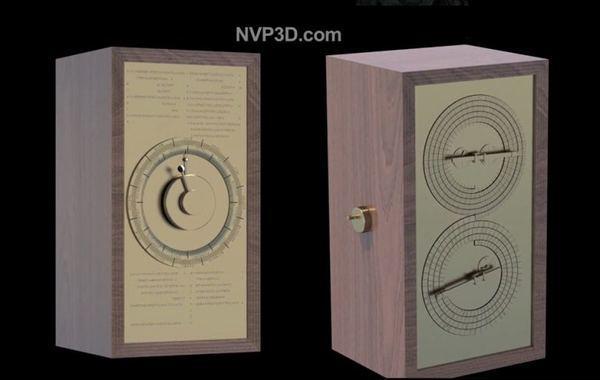
However, the Antikythera mechanism was made 80 years later than Archimedes died. It is likely that the scientist created a prototype, and only later was reproduced first analog computer in the world. Although how old was able to build this wonder remains a mystery, since even the first watch movement, created much later was huge and had a so complex and the correct device.
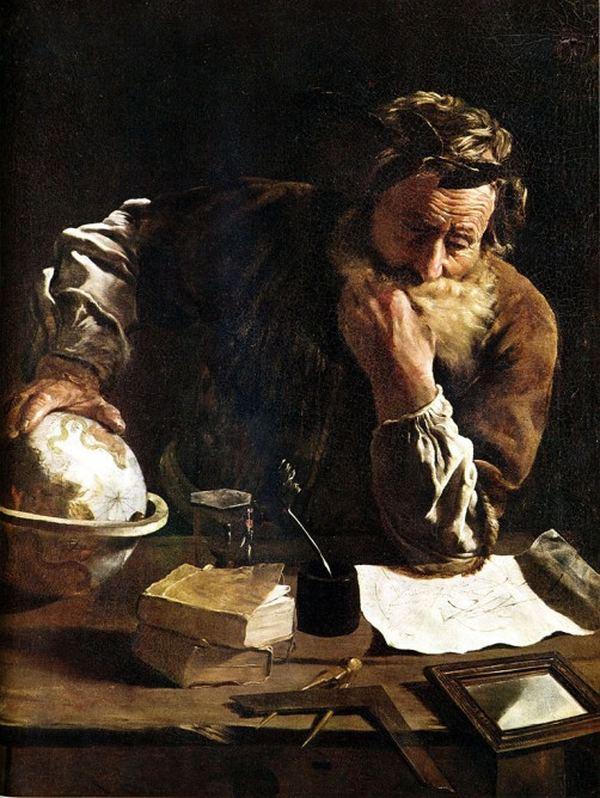
Hourly development Hublot - a modified version of the Antikythera, made in a more compact form, the definition of time and astronomical predictions. These unique watches will be presented at Baselworld in 2012, as a tribute to the 22-century-old history of our civilization.

The story began 2,200 years ago with one of the great scientist, and ended at the time of the shipwreck at sea. Jacques Cousteau, the greatest explorer depths of our civilization, named the find - wealth that exceeds in value the Mona Lisa. Such artifacts recovered our consciousness is turned upside down and completely change the picture of the world.

In 1900, Captain Dimitrios Condos returned to Greece from the expedition to North Africa and waited out bad weather north of the island of Crete in the Mediterranean Sea, near the island of Antikythera. Part of his team, he went in search of the sea sponge. One team member Elias Stadiatos, surfacing, said that on the seabed at a depth of 60 meters he saw the wreck, and a huge number of dead horses, which are at different degrees of decay. The captain decided that Elias had been poisoned by carbon dioxide and decided to check it out myself.

When Condos sank to the bottom, before his eyes appeared a completely fantastic picture. On the site of an ancient sunken ship with a lot of production and treasures were bronze statues, which were covered with centuries-old layer of marine organisms. It is these statues and took the sailor as the bodies of horses. The team collected all they could carry, and went back to Greece, and from there was sent an expedition to the wreck.

The first signs say that the material is raised from the bottom, has an age of more than 2 000 years. During the 2 years it had brought a huge amount of marble and bronze Roman statues, coins and other artifacts. When they began to lay out the findings, one of the pieces fell apart, and the researchers found inside some metal parts.

What did the researchers of that time? Yes, they just put this discovery to the side, because we decided that in the year 100 BC, did not exist such technologies and that this thing is accidentally hit in the ancient collection. Only in 1951 it became interested in the English physicist Derek Price. It found that the mechanism dates from the period between 100 and 300 BC. e. and the most advanced technology of the ancient Greeks.

During the 50 years it went painstaking restoration of the ancient machines, consisting of the 82 elements! This system became known as the Antikythera mechanism. In 2005, Hewlett-Packard decoded 95% of inscriptions preserved on the device. Using the equipment of the company X-Tech was done 3D X-ray scan of each piece of machinery.

Turns out, it was a kind of ancient analog computer. You can specify any date and device exactly show the position of the sun, moon and five planets that were known to Greek astronomers. Lunar phases, eclipses - all predicted to within a couple of hours, adjusted for leap years.

Scientists believe that only one person at the time was to turn power over the numbers in the cogs and gear wheel - the great mathematician Archimedes. Above all, he was an excellent designer. In Roman history has a record of the great scientist, he stunned the audience by demonstrating "celestial globe", describing the motion of the planets, the sun and moon, as well as the predicted solar eclipse with moon phases.

However, the Antikythera mechanism was made 80 years later than Archimedes died. It is likely that the scientist created a prototype, and only later was reproduced first analog computer in the world. Although how old was able to build this wonder remains a mystery, since even the first watch movement, created much later was huge and had a so complex and the correct device.

Hourly development Hublot - a modified version of the Antikythera, made in a more compact form, the definition of time and astronomical predictions. These unique watches will be presented at Baselworld in 2012, as a tribute to the 22-century-old history of our civilization.
